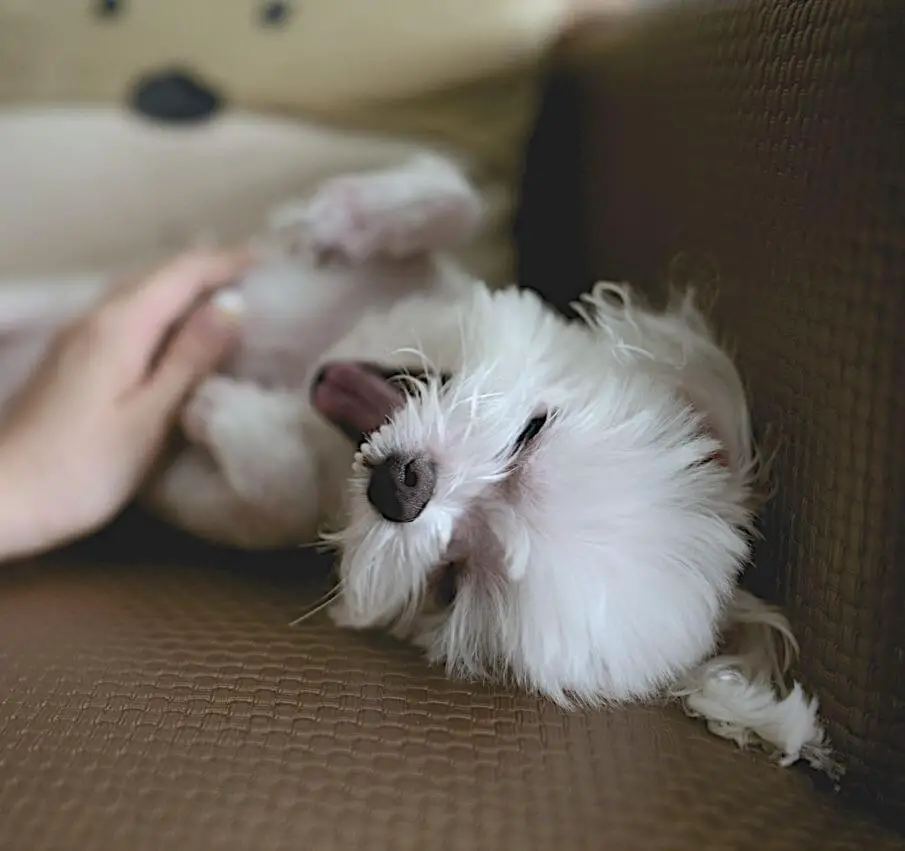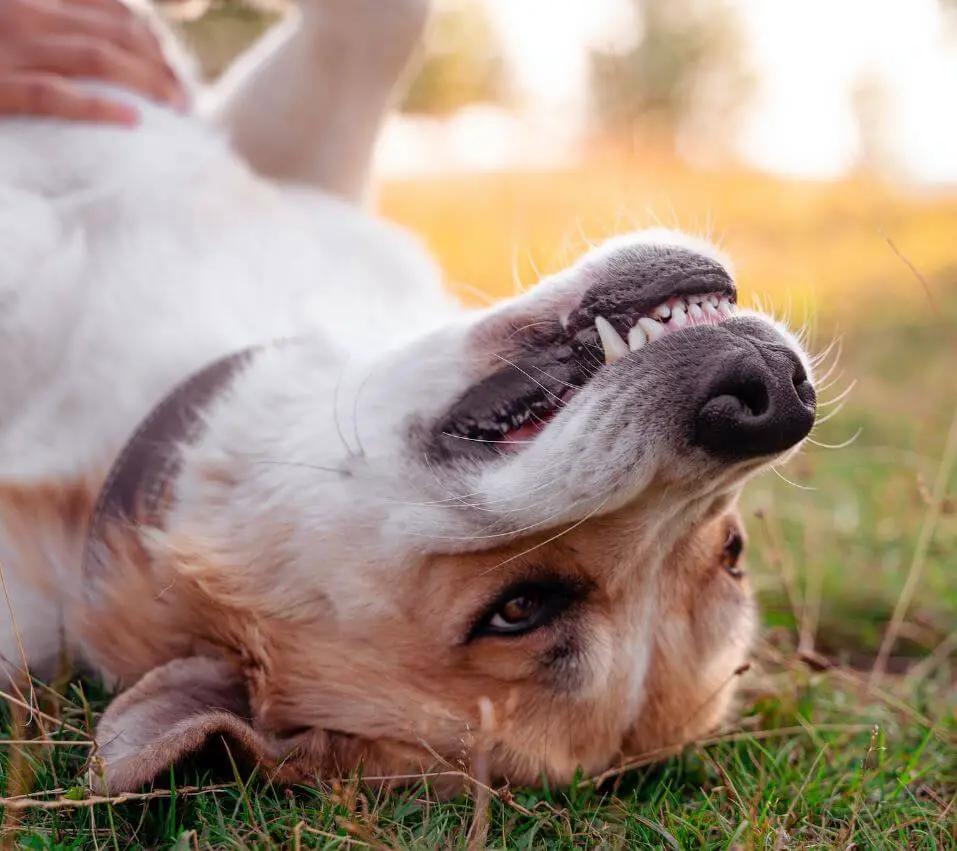The delightful sight of a furry friend rolling over for a belly rub is a familiar and heartwarming experience for many dog owners. Have you ever wondered why dogs seem to adore belly rubs so much? In this exploration, we’ll delve into the intriguing world of dog behavior to uncover the reasons behind this affectionate preference. Understanding why dogs enjoy belly rubs can deepen the bond between you and your four-legged companion.

Why Do Dogs Like Belly Rubs? Dog Insights:
- Vulnerability and Trust: Dogs expose their bellies, one of the most vulnerable parts of their body, as a sign of trust. When a dog allows you to rub their belly, it indicates a strong bond and a sense of security in your presence.
- Pack Behavior and Submission: In the dog world, exposing the belly is a submissive gesture. By offering their belly, dogs are acknowledging your role as the leader of the pack and demonstrating their trust and submission.
- Sensitive Nerve Endings: The belly region of a dog is rich in nerve endings. Gentle rubbing or scratching in this area can stimulate these nerves, creating a pleasurable and relaxing sensation for your furry friend.

Signs Your Dog Enjoys Belly Rubs:
- Relaxed Body Language: Dogs that enjoy belly rubs exhibit relaxed body language. Look for signs such as a wagging tail, ears in a neutral position, and a calm expression to indicate their comfort and enjoyment.
- Seeking Contact: A dog that wants a belly rub may actively seek physical contact by rolling onto their back, nudging your hand, or exposing their belly. This initiation signals a desire for affection.
- Contented Sounds: Happy vocalizations, such as soft whimpers or sighs, can accompany a dog’s enjoyment of belly rubs. These sounds indicate relaxation and contentment.
Factors Influencing Dog Affection:
- Individual Preferences: Just like humans, dogs have unique personalities. While some dogs relish belly rubs, others may not be as fond of this type of affection. Understanding your dog’s preferences is crucial for building a positive relationship.
- Positive Associations: Dogs that associate belly rubs with positive experiences, such as treats, praise, or playtime, are more likely to enjoy this form of affection. Create positive associations to reinforce the pleasure of belly rubs.
- Respecting Boundaries: Pay attention to your dog’s cues. If they show signs of discomfort or resistance, respect their boundaries and avoid forcing belly rubs. Building trust and understanding your dog’s comfort level is essential.

Conclusion:
In the enchanting realm of dog behavior, the love for belly rubs stems from a combination of trust, submission, and the pleasurable stimulation of sensitive nerve endings. By recognizing the signs of enjoyment, respecting individual preferences, and fostering positive associations, you can deepen the bond with your furry companion and offer them a delightful and cherished form of affection.
